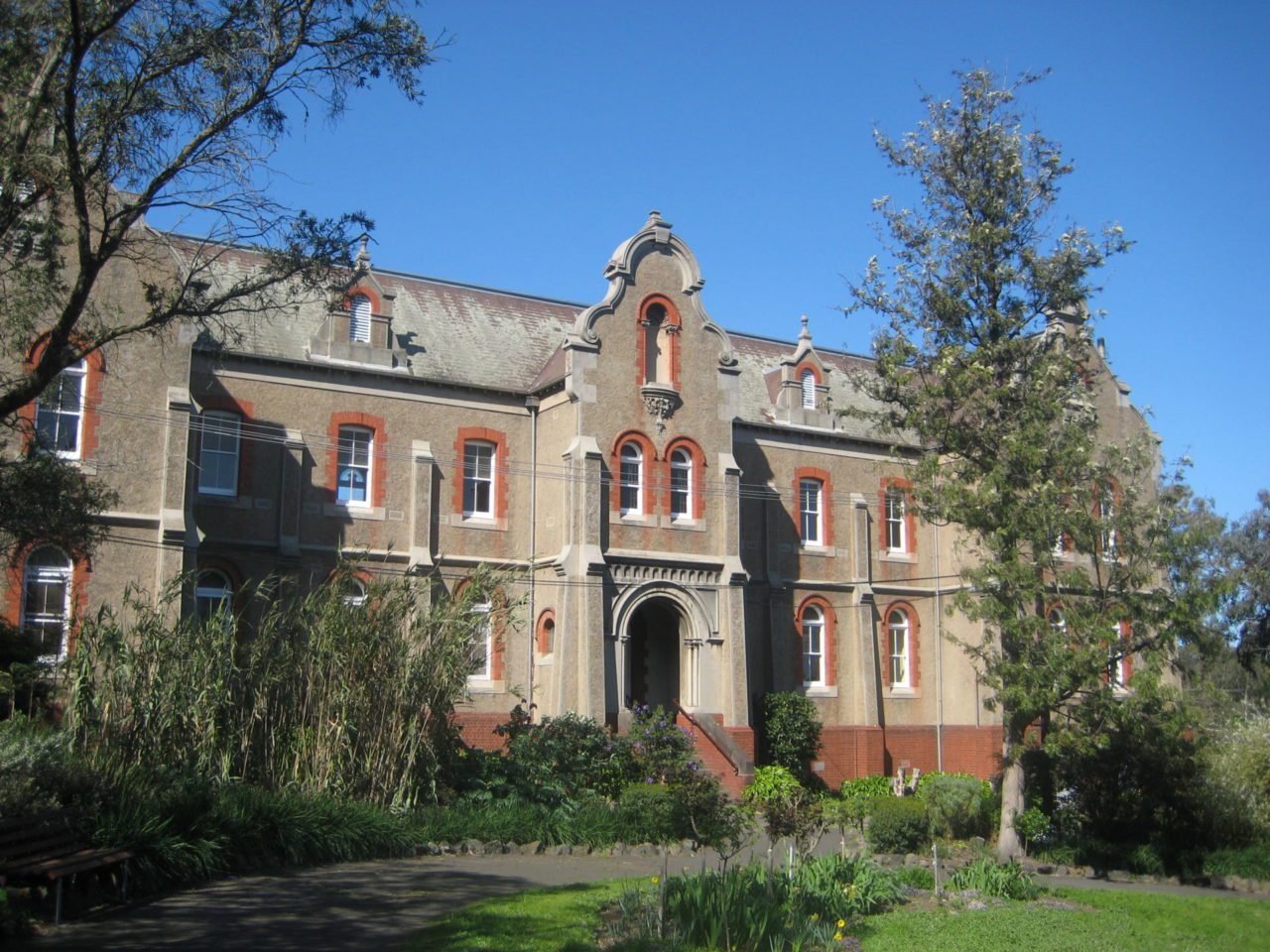Rosina
Designed by William Tappin and built in 1908, Rosina was part of the Sacred Heart complex and housed older women, separating them from the younger girls living on site. The ground floor had an admissions room and visiting parlour, a servery, a refectory and a theatre used for choirs, plays, recitals and lace-making. The upper floor contained dormitories.
The arts were an important part of life in the Convent and it is said that 48 pianos were auctioned when the Sisters left in 1975. Movies were screened in the Rosina Auditorium and the nuns served boiled lollies and homemade lemonade. Dame Kiri Te Kanawa performed in the Auditorium early in her career. Women could present themselves for admission to the Convent if they were destitute, homeless or wanted respite from difficulties they faced in the outside world. They would stay in this building and work in the industrial laundries, alongside the girls from Sacred Heart. The women in Rosina were able to come and go from the Convent.
By 2004, when the Abbotsford Convent Foundation took ownership of the site, Rosina had been unoccupied for more than eight years. Holes in the roof had caused extensive damage to the building and ivy covered its exterior walls. During 2009, the restoration of Rosina was completed thanks to grants received from the Dara Foundation, Federal Government, Robert Salzer Foundation, Helen Macpherson Smith Trust, Dyson Bequest, Victor and Fleur Spitzer OAM and a number of other donors. The Ian Potter Foundation funded the installation of the lift and the JT Reid Charitable Trusts helped with the installation of the fire sprinklers.
The Rosina Auditorium has again come alive as a performing arts hub. Upstairs, Rosina now provides spaces for performing arts research and development. Arts organisations and individuals regularly use Dorm One to rehearse work.

